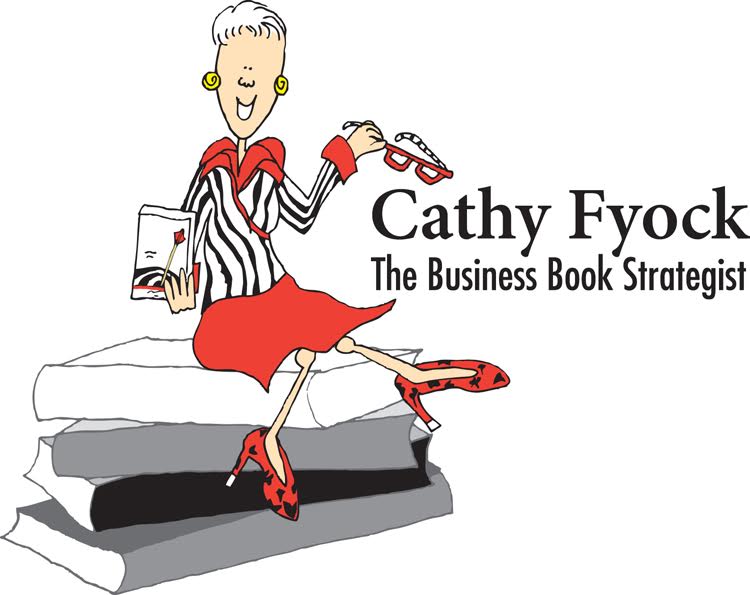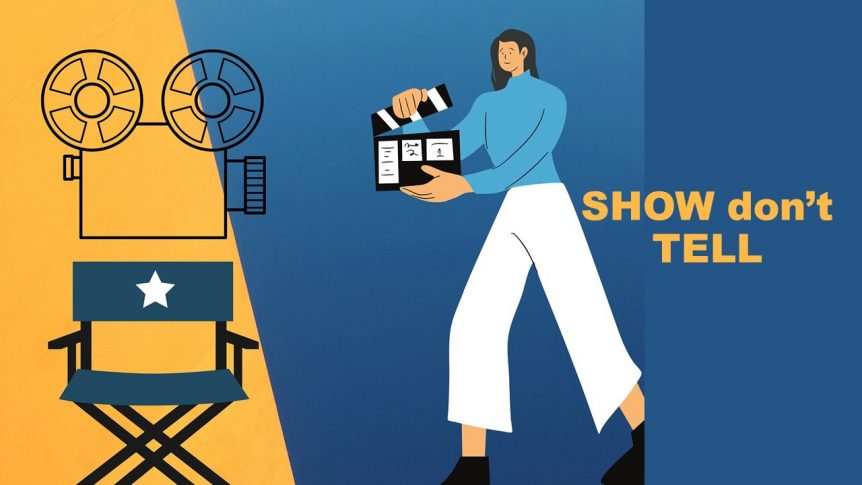As writers, we hear it all the time: “Show, don’t tell!”
And intuitively, we know it’s better when we can take the reader on the journey with us. But the question is, HOW do you show the reader and not tell the reader.
I was thinking about just this after a coaching session with a client (you know who you are!), and thought, maybe I need to show my authors just what I mean!
What follows are two examples. The first tells the story, and the second shows the reader through dialogue—creating a scene that the reader can visualize. You’ll see that both examples convey the essence of the story; the first is much abbreviated, and the second is longer but stickier.
Example one: tell
In my first book on writing coauthored with Kevin Williamson—On Your Mark—we talk about The Bitch (the negative voice in your head). It didn’t surprise me when I got negative feedback from my editorial board. Kevin and I discussed the feedback and carefully considered it, but ultimately decided to keep the name of the negative voice as The Bitch. (61 words)
Example two: show
In my first book on writing—On Your Mark—my coauthor Kevin Williamson and I talk about The Bitch—the negative voice in your head that says, “Who do you think you are?” “Whoever told you that you were an author?” “What makes you the expert?”
Members of my editorial board offered some pushback. “I don’t have a problem with the word, but I believe that some of your readers might be offended,” offered Lin.
“Maybe you could find a name from mythology that might work as the name of your negative voice,” suggested another editorial board member.
Kevin and I scheduled a meeting to discuss the feedback. “I agree. It could be too much,” I suggested.
Kevin, the scholar, thought for a moment, and offered, “The character from Greek mythology that could be a fit is Hydra, but I don’t think that offers the punch we want.”
“Maybe we just stick with The Bitch. It’s descriptive, and even if you don’t like the term, you can understand the power that this negative voice has,” I stated.
So, we agreed. The Bitch was going to be called The Bitch. (192 words)
Now it’s your turn.
I challenge you to take a look at one of the stories you’ve written for your book or your blog (or even a story you tell in your presentations). Where can you add dialogue? How can you create a mini-play or vignette that allows your reader to become a fly on the wall and see what you’re talking about?
You’ll find that your readers will resonate more with the story because you’ve taken them there!

